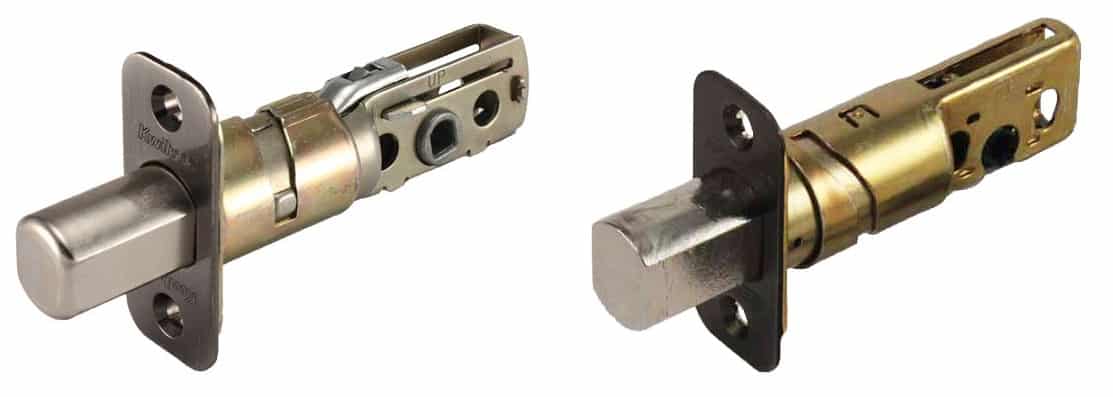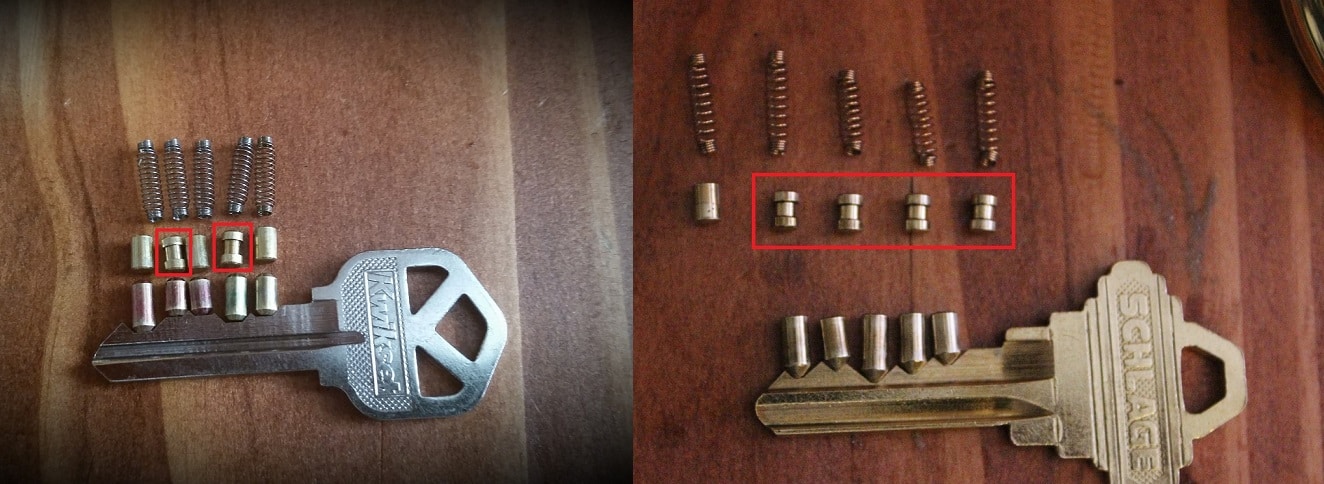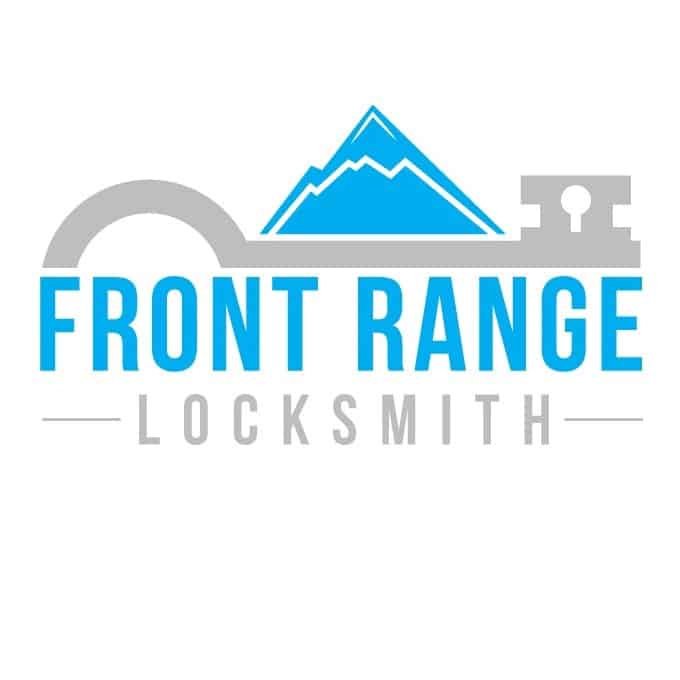
Schlage vs. Kwikset – Front Range Locksmith
If you are reading this article, you’ve probably done some research. You probably already know that when it comes to buying locks for your home, there are mainly 2 players in the field – Kwikset and Schlage. Although they are certainly not the only ones, combined they dominate over 95 percent of the market for residential locks. You can find them, and hardly any lock but them, in every single hardware store in America, which leaves us with a very obvious question.
In this article I will try to answer one of the ultimate, most basic questions of the home security world: Which locks are better – Schlage or Kwikset? This question has a direct effect on the most basic way we secure our home, and as you are about to learn – the answer is very clear.
DISCLAIMER: I’m not affiliated with any company other than my own: Front Range Locksmith. No one has paid me to write this article. The information you’re about to read is a result of independent testing that I’ve done using my own tools. In this article I’m presenting my opinions, based on the research that I’ve done and my years of experience as a locksmith. I accept no liability for any consequences of any actions taken on the basis of the information provided.
If you want to jump straight to the conclusion – Click here.
A Little background
Before we dive into the comparison, it’s important to understand that Schlage and Kwikset are just brand names and not specific lock models. Both companies, Schlage and Kwikset make many different types of locks, such as residential doorknobs, deadbolts and keypads. Schlage also has a vast line of commercial products, including some heavy duty and high-security locks, whereas Kwikset has a more modest line of “light commercial” locks. In this article I will be focusing on residential locks only. Comparing commercial products is a much more complicated task and I wouldn’t necessarily choose any of two companies in question for my commercial needs.
To keep things simple, I will compare between the standard deadbolt lock of each company. The standard deadbolt is the most common lock being sold by both companies, however, the rest of the locks of each company go through a similar manufacturing process, share the same materials (sometimes even the same parts) and are held to the same quality standards. So by comparing their deadbolts we can easily determine which company makes better locks.

Deadbolts: Kwikset (Left), Schlage (Right)
Forced entry vs. non-forced entry
Throughout the comparison I will be mentioning 2 different ways by which burglars break into houses: forced entry and non-forced entry.
Forced Entry – As the name suggests, forced entry means gaining entry by using force in a way that will allow us to open the door, like drilling the lock or using tools to pry the door open. Forced entry methods will almost always destroy the lock and leave visible signs someone broke in.
Non Forced Entry – non-forced entry is a way in which an intruder breaks in by manipulating the way the lock works to gain entry in a non-destructive way, using tools such as pick tools or bump keys. Non-forced entry methods require skill and practice and they usually leave no sign of break in.
It is important to keep in mind that burglars use forced entry much more often than non-forced entry to break in, so the lock that gives better protection from forced entry may have an advantage over locks that are harder to pick but provide no protection from forced entry methods of breaking in.
Lock Housing
The lock housing is the metal part that surrounds the cylinder of the lock. One of the most common ways that burglars break in is by drilling through the lock housing and engaging directly with the interior mechanism. Although this method is destructive and messy, it is considered by burglars to be a quick and simple way to gain entry. Naturally, the stronger and sturdier the housing, the harder it is to drill through it and reach the interior mechanism.
Schlage deadbolts have a thick, solid housing that protects the cylinder all around, leaving no hollow areas, in contrast, the housing of the Kwikset deadbolt is much lighter and somewhat hollow, making it much easier to drill through. The Schlage housing is significantly heavier than its Kwikset counterpart making it sturdier and more resistant to forced entry methods.
Schlage: 1, Kwikset: 0
Bolt Size
The bolt is the part that keeps the door from opening when the lock is locked and therefore it plays a main role in securing the door. When trying to kick the door open or forcing it using a crowbar, the bolt is the part that holds the door from opening. Needless to say – the stronger and longer the bolt is – the harder it is to kick or pry the door open.
When comparing the Schlage bolt with the Kwikset one, it is easy to notice that the Schlage bolt is bigger and stronger than the bolt made by Kwikset. Its size makes it sit snugger in its plate on the frame of the door, giving less room for the door to jiggle.
Schlage: 2, Kwikset: 0

Bolt Size: Kwikset (Left), Schlage (Right)
Drill Resistant Plate
A drill resistant plate is a thin metal plate made of steel, located at the very front of the lock. This plate is almost impossible to drill and its purpose is to protect the screws that hold the lock together from any attempt to drill them. Although there are ways to remove the plate, it makes the lock much harder to compromise. The Schlage deadbolt’s housing is completely drill resistant. Not only trying to expose the screws is almost impossible, the face of the cylinder itself is also guarded by a drill resistant plate, which makes the Schlage lock incredibly hard to drill through. The Kwikset deadbolt is not equipped with a drill resistant plate anywhere on its housing and is therefore incredibly easy to drill open, both by drilling its screws and its cylinder.
Schlage: 3, Kwikset: 0
Screw Size
Another important feature to compare is the deadbolts’ screw size. The screws play an important part in the security of the lock. As I previously mentioned, drilling the lock’s screws is an extremely common method intruders use to break in. Once the screws are drilled, the lock simply falls off the door and gives the intruder full access to the bolt itself. As we already saw, the screws on the Schlage locks are protected by a drill resistant plate, however, if that plate would be somehow compromised, an intruder would still have to drill through the screws themselves to gain access. Therefore, the bigger and stronger the screws are – the harder it is to drill or break them. Not only are the screws in a Kwikset lock unprotected by a drill resistant plate, the screws themselves are much thinner than the Schlage ones. It is important to keep in mind that with some persistence the Schlage screws can be drilled too, but there is no doubt they are harder to drill through than the Kwikset ones.
Schlage: 4, Kwikset: 0
Cylinder Tolerance
Another way intruders use to break into houses is by picking the lock. Picking a lock is done by using special tools (called pick tools) to manually imitate the function of a key. It is one of the non-forced entry methods mentioned earlier and therefore doesn’t leave a sign of break in, making this method particularly dangerous. Picking a lock is only possible since the lock manufacturing process is never perfect. The machines that assemble the locks can’t be 100 percent precise and therefore there is always a tiny space left between the cylinder (the part we insert the key in) and the housing (the part that surrounds it). Even when the lock is locked, the cylinder can still be rotated just a tiny bit. This rotation is called “the cylinder tolerance”. The more the cylinder can turn when it’s locked, the bigger the tolerance is and the easier it is to pick. Both Schlage and Kwikset locks can be picked. As a matter of fact there are hardly any locks that cannot be. However, the cylinder tolerance in the Kwikset locks is much greater than the Schlage tolerance, making the Kwikset deadbolt hardly a challenge to pick.
Schlage: 5, Kwikset: 0
Security pins
Security pins are a special type of pins that are inserted into the cylinder of the lock, making it harder to pick. The rule is simple – the more security pins in the lock, the harder it is to compromise in a non-destructive way. As you can see in the picture below, Schlage uses 4 security pins (called “Spool pins), while Kwikset uses only 2. Having 2 more security pins in a cylinder can make it significantly harder to pick, which can definitely be felt when trying to pick a Schlage lock.
Schlage: 6, Kwikset: 0

Security Pins: Kwikset (Left), Schlage (Right)
Price
Although this category does not refer to the security aspect of the locks, it is worth mentioning.
Since Schlage locks are made of stronger materials, and provide far greater security than Kwikset locks, they also come with a higher price tag. Taking the deadbolt category as an example – the price of a standard Schlage brass deadbolt is about $30, while the price of the Kwikset brass deadbolt of the same category is about $14. Only you can put a price on the security of your home, but if you ask me – the difference in price is well worth it.
A word about Kwikset SmartKey
In recent years, Kwikset released another type of lock to the market called “Kwikset SmartKey”. This lock comes in both doorknob and deadbolt forms and although it looks very similar to the regular lock models – it has a completely different type of cylinder (You can recognize it by a tiny hole located left of the keyhole). Since the internal design of the SmartKey cylinder is completely different, it is known to be extremely hard to pick, bump or compromise in any non-destructive method. This may be the only lock made by Kwikset that is harder to pick than the Schlage lock, however, due to the fact that it still uses the same type of housing, screws and bolt as the regular Kwikset deadbolt – it is still relatively easy to compromise using any of the forced entry methods.
Conclusion
Between Schlage and Kwikset, there is absolutely no doubt that Schlage makes better locks. As we can see in the example of the deadbolt, Schlage wins in every single round. Due to its bigger bolt, stronger housing and drill resistant plate, the Schlage deadbolt provides an excellent protection against most commonly used forced entry methods. Kwikset, lacking all these features, hardly poses a challenge for an intruder trying to break in by using force.
Also in the non-forced entry category, there is no doubt Schlage is better. With a better, more precise manufacturing process and 2 additional security pins than the Kwikset deadbolt, Schlage locks are significantly harder to pick, bump or compromise in non-destructive ways.
Schlage locks are good not only relatively to Kwikset locks, but also on their own – they provide great security to your home for a relatively low price.
Yet, it’s important to remember that just like any other lock, Schlage locks can still be compromised, manipulated and destroyed and although they are great for their price, they are not considered to be “high-security locks” such as high-end brands like “Medeco” and “Mul-T-Lock”.
If you found this article useful, you should like our Facebook page and follow us on Twitter. We often post tips on how to make your house or business more secure and how to save money on locksmith services.
For any questions, comments or if you need locksmith service or consultation, don’t hesitate to contact us at:
Front Range Locksmith
720-439-4081
OR
by Email:
[email protected]








